JAJSFR6A July 2018 – November 2018 ADS1219
PRODUCTION DATA.
- 1 特長
- 2 アプリケーション
- 3 概要
- 4 改訂履歴
- 5 概要(続き)
- 6 Pin Configuration and Functions
- 7 Specifications
- 8 Parameter Measurement Information
- 9 Detailed Description
- 10Application and Implementation
- 11Power Supply Recommendations
- 12Layout
- 13デバイスおよびドキュメントのサポート
- 14メカニカル、パッケージ、および注文情報
パッケージ・オプション
メカニカル・データ(パッケージ|ピン)
サーマルパッド・メカニカル・データ
- RTE|16
発注情報
9.3.5 Digital Filter
The device uses a linear-phase finite impulse response (FIR) digital filter that performs both filtering and decimation of the digital data stream coming from the modulator. The digital filter is automatically adjusted for the different data rates and always settles within a single cycle. The frequency responses of the digital filter are shown in Figure 28 to Figure 32 for different output data rates. The filter notches and output data rate scale proportionally with the clock frequency. The internal oscillator can vary over temperature as specified in the Electrical Characteristics table. The data rate or conversion time, respectively, and consequently also the filter notches vary proportionally.
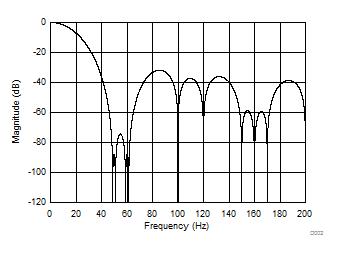 Figure 28. Filter Response
Figure 28. Filter Response
(DR = 20 SPS)
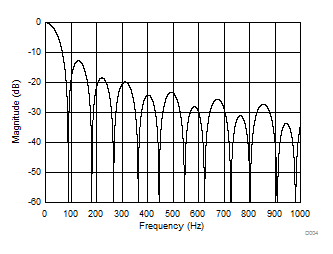 Figure 30. Filter Response
Figure 30. Filter Response
(DR = 90 SPS)
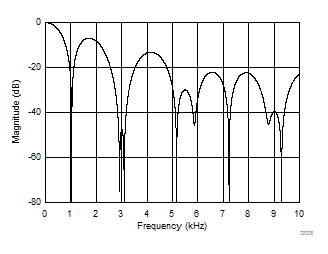 Figure 32. Filter Response
Figure 32. Filter Response
(DR = 1 kSPS)
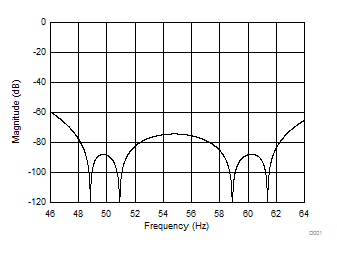 Figure 29. Detailed View of the Filter Response
Figure 29. Detailed View of the Filter Response
(DR = 20 SPS)
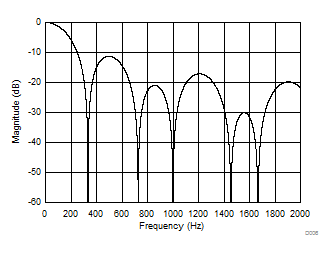 Figure 31. Filter Response
Figure 31. Filter Response
(DR = 330 SPS)